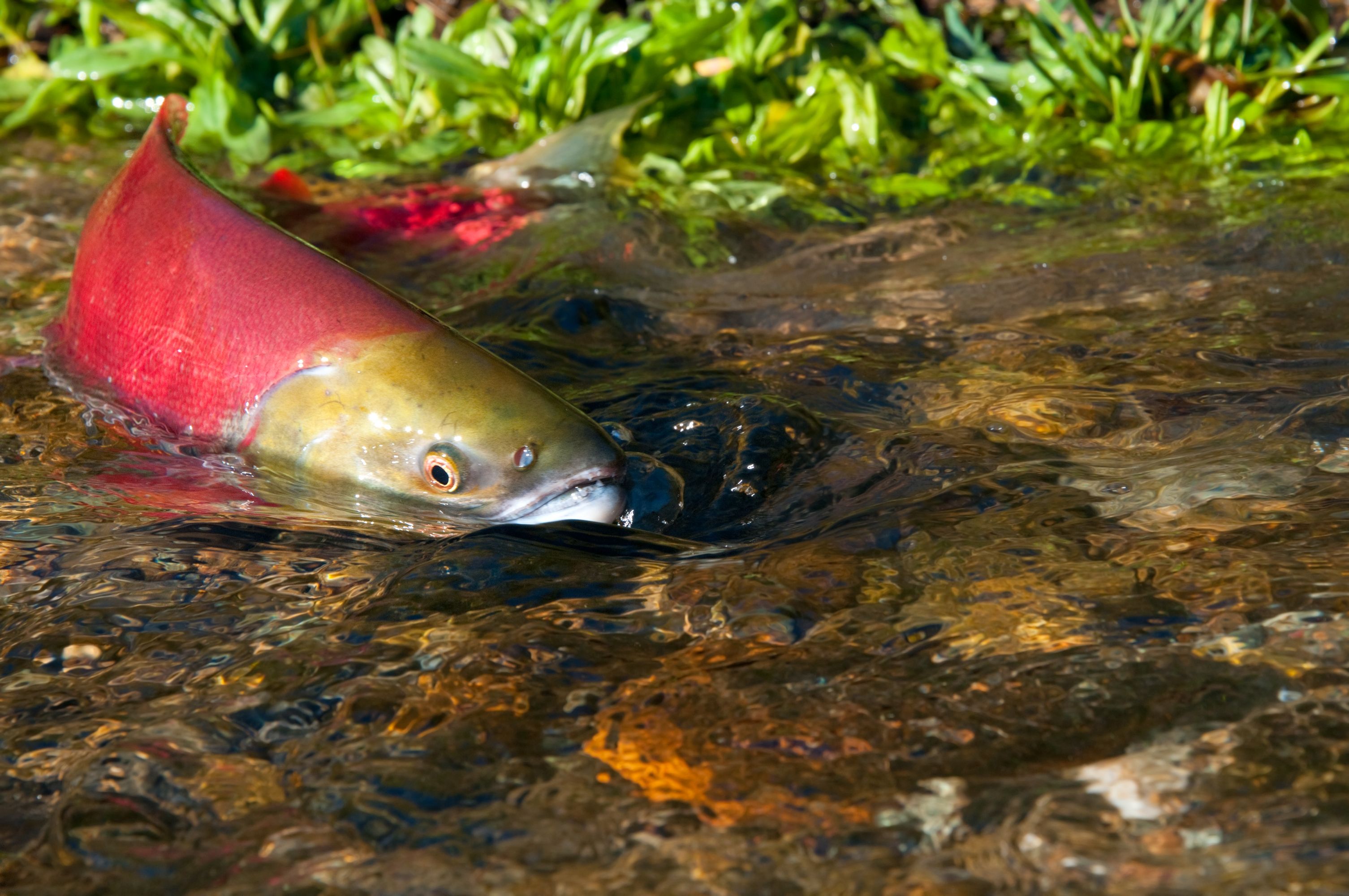A new report by the International Joint Commission (IJC) Health Professionals Advisory Board reviews the health risks that humans are exposed to when they frequently consume fish with high levels of the trace element selenium.
Selenium is a naturally occurring, nutritionally essential trace element commonly found in a diet including foods like fish and nuts. Selenium also can be introduced to soil, water, or air as a by-product of various industrial processes like mining of coal and metals.
A person’s dietary exposure to selenium depends on the level of selenium in the environment where their food grows, and how often they eat these foods. Higher selenium levels in a waterway will result in fish and aquatic plants with higher selenium levels. Selenium can have beneficial or toxic effects, depending on the amount.
Chronic selenium exposure, called selenosis, can cause fatigue, can damage nails and hair, and can have some neurotoxic effects. The report outlines the selenium health criteria underlying governments’ efforts to develop guidelines to help fish consumers understand how much, and how often, they can eat fish and safely avoid chronic selenium exposure.
“However, the scientific evidence for the health effects of selenium is not consistent, and that’s why there are different selenium intake limits recommended by different agencies in Canada and the United States,” said Dr. Laurie Hing Man Chan, Canadian co-chair of the Health Professionals Advisory Board. Dr. Laurie Hing Man Chan is also a professor and Canada research chair in toxicology and environmental health at the University of Ottawa.
“When it comes to borders, the fish don’t stay on one side or another,” added Dr. Chan. “So, if your state has one limit but the province upstream of you has a different limit, which one do you follow? Different intake limits make it difficult to determine how best to protect the health of people with different diets and lifestyles. This report reviews the known health risks of selenium to help people, and their health professionals, make informed choices when it comes to following selenium intake limits.”
The report also finds that regulation of selenium pollution in a waterway may not account for all other potential selenium sources.
“To best protect public health, governments need to be regulating selenium throughout a watershed, including accounting for sources upstream and outside of their jurisdiction,” said Dr. Elaine Faustman, U.S. co-chair of the Health Professionals Advisory Board. Dr. Faustman is also a professor and director of the Institute for Risk Analysis and Risk Communication at the University of Washington. “A selenium-safe watershed is one where governments share information throughout the watershed and collaborate to harmonize thresholds for intake limits and action advisories.”
A summary of information about the nutritional value of selenium and the thresholds for toxicity is available in two infographics. Selenium: Too Much of a Good Thing provides information about selenium intake levels and current limits. Selenosis: Signs, Symptoms and Causes of Toxic Selenium Exposure is a guide oriented toward health practitioners.









